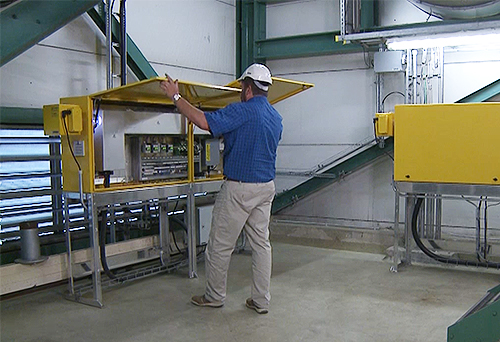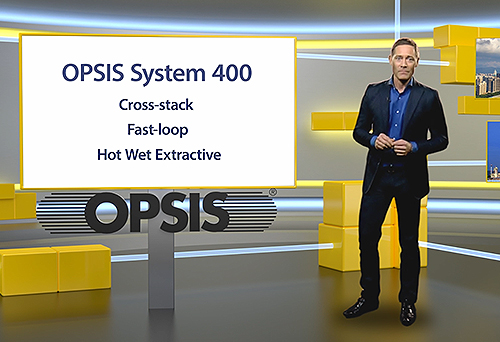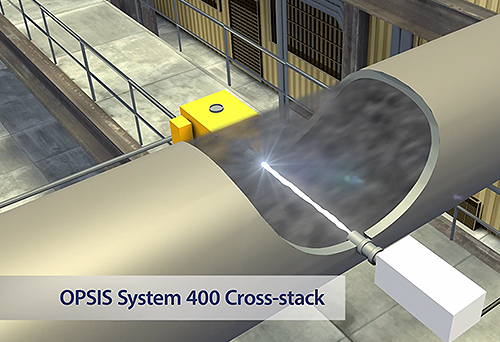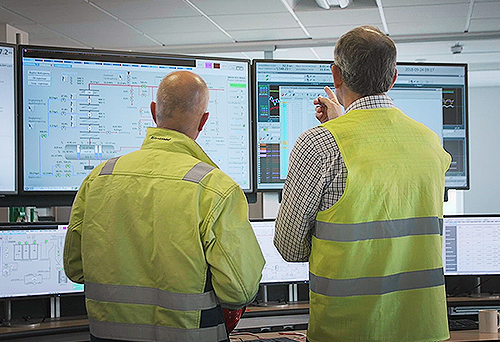Monitoring of the use of biogas in palm oil production
The UN agency UNFCCC has established a program called the Clean Development Mechanism (CDM) which includes, among other things, Certified Emission Reduction credits (CER) to reduce emissions from the palm oil industry. Certification and trading require careful monitoring and reporting of the use of biogas. The tested and approved OPSIS monitoring systems offer cost-effective and reliable measurement of the relevant gas components.
MANY APPLICATION AREAS
The gaseous substances that need to be monitored are primarily methane (CH4) and hydrogen sulfide (H2S). It must be possible to measure very high concentrations of methane in order to monitor the production in digesters as well as the supply of gas to boilers, power generation, and flares. In the flue gas after combustion, also low CH4 concentrations need to be monitored. For control and monitoring of H2S scrubbers, both high and low H2S concentrations must be possible to measure. A single OPSIS monitoring system can handle all these measurements, both methane and hydrogen sulfide, both in high and low concentrations, and simultaneously at several monitoring points. The system can easily be extended to also monitor, for example, CO2 and H2O.
OPSIS system solutions also offer data logging, integration of temperature, pressure, and flow signals, as well as software for automatic data rendering, mass emission calculations, and reporting.
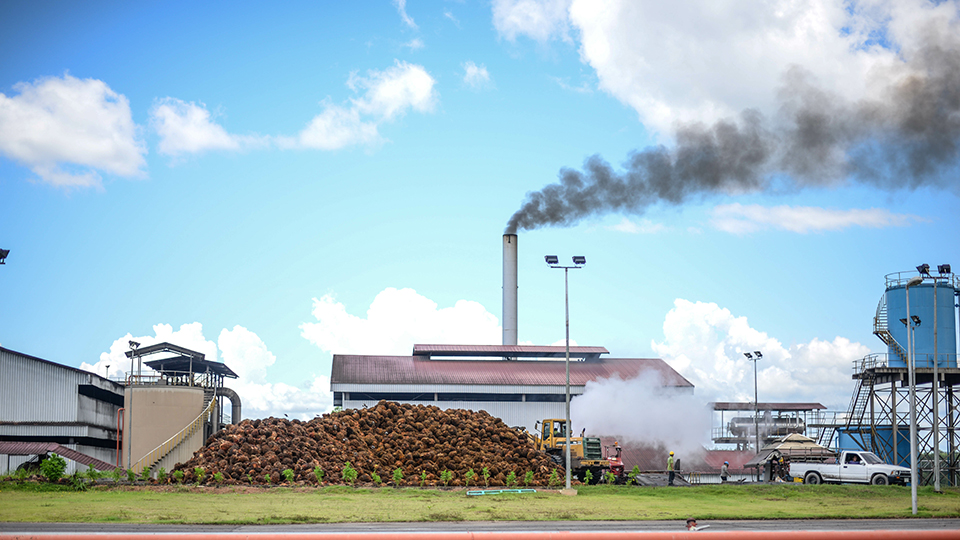
CERTIFIED MONITORING SYSTEMS WITH HIGH ACCURACY
The OPSIS monitoring systems are based on gas analysers that have short response times, are accurate, and require minimal maintenance. The monitoring takes place contact-free along light beams where gas molecules can absorb parts of the light. In process and emissions monitoring, light beams are sent through the gas channels, or some of the gases are led into measurement cells through which the light is sent. The part of the light that is not absorbed by the gas molecules is detected and the analyser calculates the gas concentrations.
A single analyser can measure several types of gases along several light paths. This gives a very cost-effective monitoring system. The systems are also available with certified EEx classification.

GAS ANALYSIS WITH OPSIS
There are multiple reasons for choosing OPSIS as supplier of systems for gas analysis. Among the key benefits of the methods and solutions offered by OPSIS are:
- installed, reviewed, and verified references within CDM projects
- secure data storage for compliance with CDM requirements
- integrated systems for data monitoring and data management
- extensive quality assurance/quality control for high performance and reporting
- fast return on investment
- accurate monitoring of methane in percent by volume, ppm and ppb, on a wet basis
- one system for all components
- a single system can measure at several monitoring points
- combines the benefits of the UV-DOAS, FTIR-DOAS, and TDL techniques
- best performance according to QAL1 certification
- longest calibration interval according to QAL1 certification
- optional automatic QAL3 control
- non-contact monitoring, no sampling
- long maintenance interval
- low energy consumption
- gas calibration only once a year
- thousands of systems installed worldwide
- certified by, among others, German TÜV and under British MCERTS standards.

